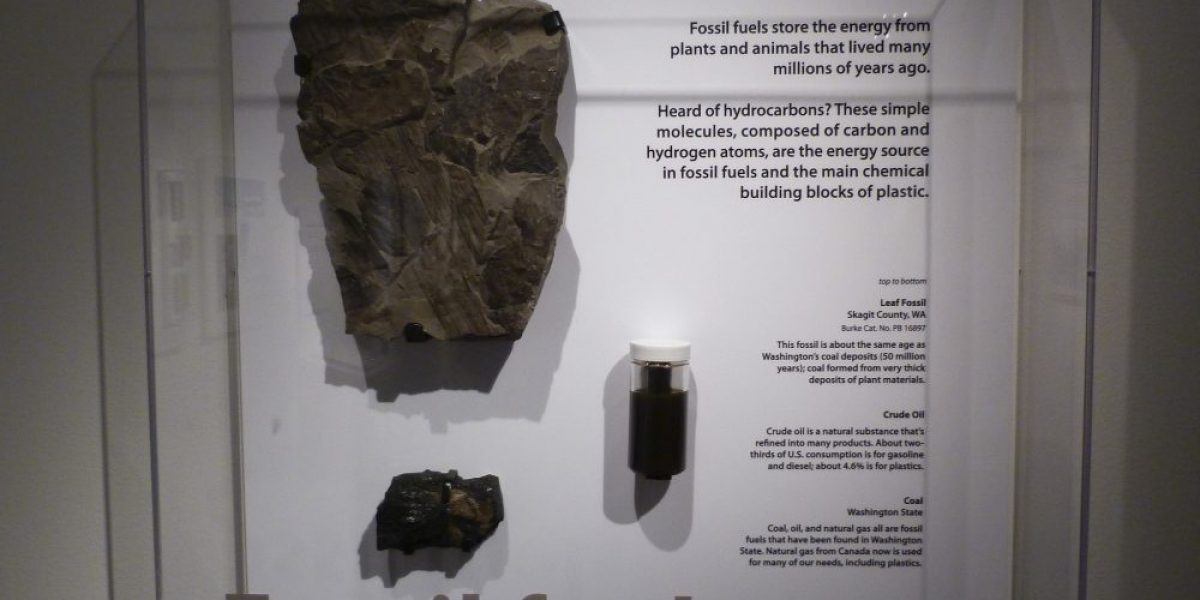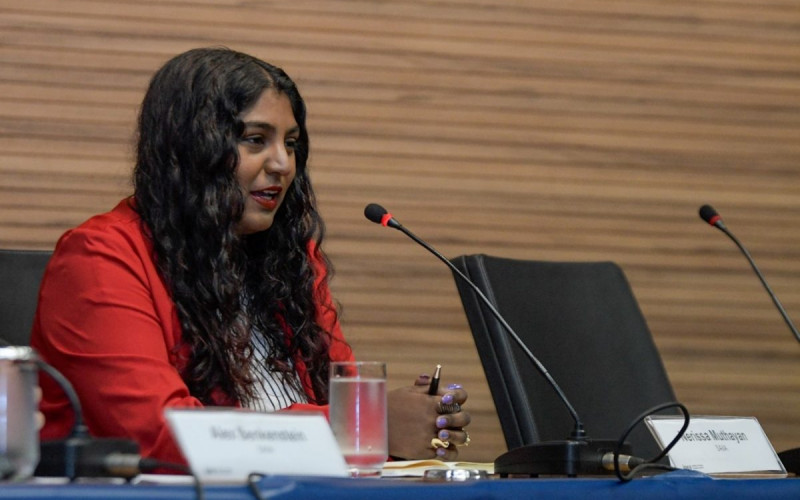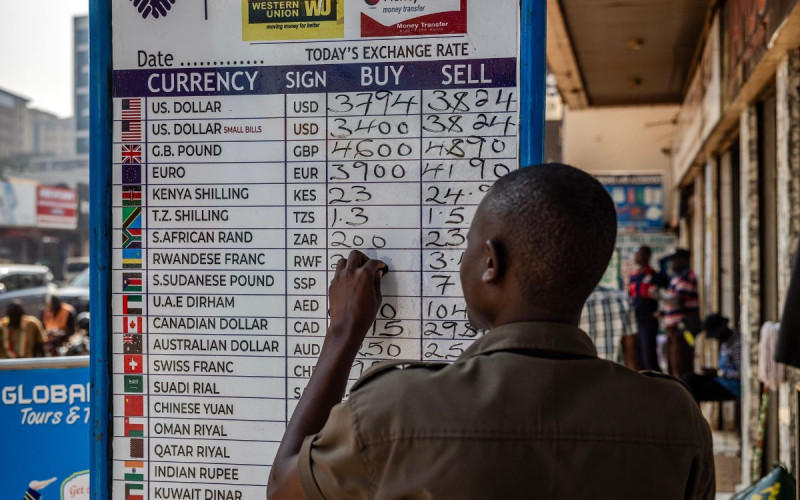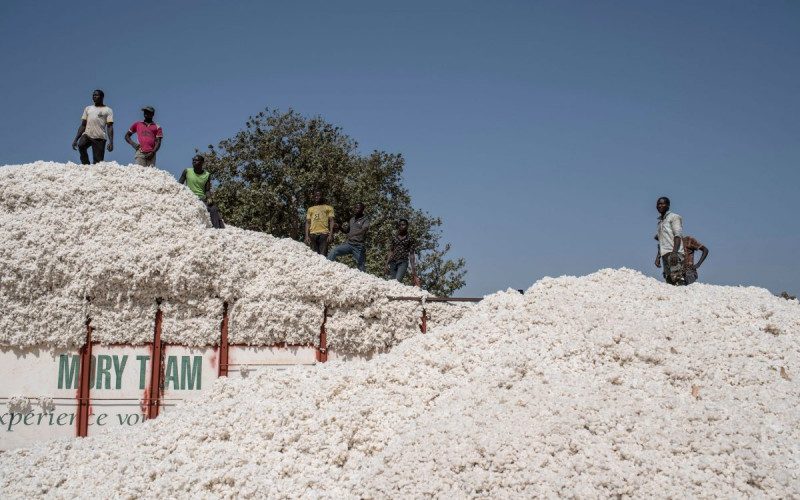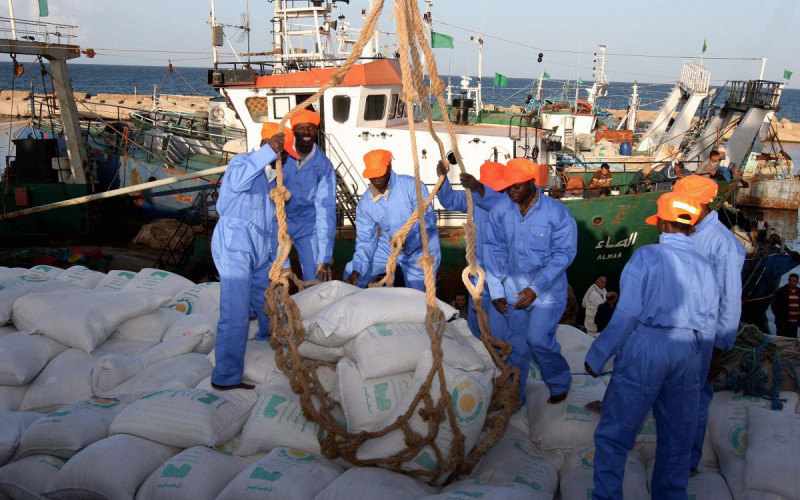What is interesting is the timing of this release. The National Energy Regulator of South Africa (Nersa) released its consultation paper and draft guidelines on the renewable energy feed-in tariff (Refit) in December, conducted extensive public hearings and released its final draft of the Refit policy at the end of March. The question that arises is whether the DME was attempting to complement or thwart Nersa in its Refit policy.
However, what the IPP regulations undermines is the choice of the feed-in tariff as the primary incentive for attracting investments in renewable energy projects. As the Refit consultation paper tells us, “feed-in tariffs are, in essence, guaranteed prices for electricity supply rather than conventional consumer tariffs”.
The reason why Nersa preferred a feed-in tariff to a tendering system was that “tendering systems tend to favour established businesses and can allow existing companies to keep potential competitors out of the market…
“Thus, it is difficult to reconcile the existence of a feed-in tariff with a competitive tendering system, especially during the early stages of renewable energy’s ‘career’ in South Africa.
Unless there are aggressive incentives provided to renewable-energy generators, it is difficult to imagine how the carbon emissions targets identified by the Department of Environment and Tourism and 10 000 GWh of renewable energy by 2013 can be met.
It is submitted that the draft IPP regulations do not, in a number of respects, complement Nersa’s Refit. On a procedural level, public participation in effecting the IPP regulations was cut off prior to Nersa releasing its final policy.
Thus, any meaningful suggestions with regard to reconciliation of the IPP regulations and the Refit policy were pre-empted. This may have serious consequences for the final renewable energy regulatory framework; for instance, what several organisations and businesses urged for at the Refit hearings was for Eskom to assume a “priority obligation”, that is, they would give priority to renewable-energy generators over other fossil fuel generators.
Considering the modest generation capabilities of potential renewable-energy generators, this proposal would not put a dent on the existing electricity production of fossil fuels.
Eskom’s generation reserve margin has fallen below 10% and renewable-energy generators can make that up in the near future. The competitive bidding process not only does violence to the suggestion of giving priority to renewable-energy generators, but also effectively ensures that it never sees the light of day by putting all sources of electricity competitively at the same pedestal.
While it is possible to complement a competitive bidding process with regulatory supervision to favour certain technologies/sources at the request-for-proposal and the request-for-qualification stage, the same cannot be ensured if generation projects are selected on an ad hoc basis.
Minerals and Energy Minister Buyelwa Sonjica recognised the importance of Nersa’s Refit at the Climate Change Summit on March 3 when she said: “[The] feed-In tariff could play an important role in stimulating the renewable-energy market in South Africa, diversifying our energy mix and promoting the development of independent power producers.”
However, the IPP regulations erode the purpose of the Refit policy as fossil fuel generators would potentially outbid renewable energy generators.
Other than the competition faced from fossil fuels, a competitive bidding process would also create a lot of competition between renewable-energy sources as the IPP regulations do not contemplate separate technology targets or tenders.
This problem may be encountered in the Refit policy as well where there may not be a diverse mix of renewable-energy technologies in the event a single tariff is opted for (which was advocated by some stakeholders during the Nersa hearings). Size does matter – what transpired at the Nersa hearings is that a number of potential generators are small-scale entities and would clearly not be able to compete with larger, more established entities that are, perhaps, international generators. It is not difficult to imagine the consequences of a hydropower generator competing with a wind farm owner against Eskom for feeding power into the common grid.
The relationship between Deat, the DME and Nersa appears to be more competitive than conversational in relation to South Africa’s renewable-energy policy. This institutional and policy uncertainty would certainly derogate the willingness of new investors to reduce our dependence on fossil fuels.

